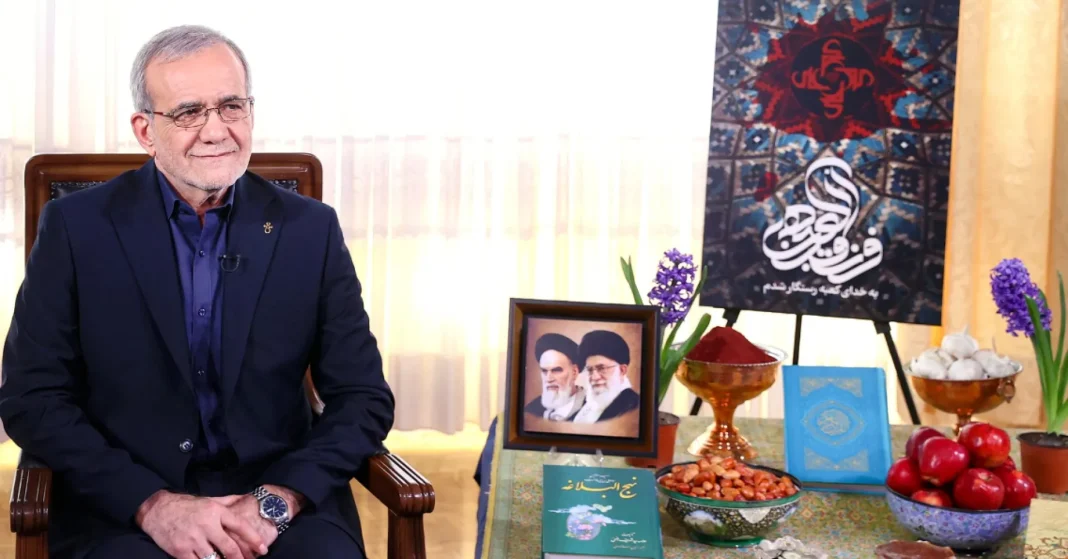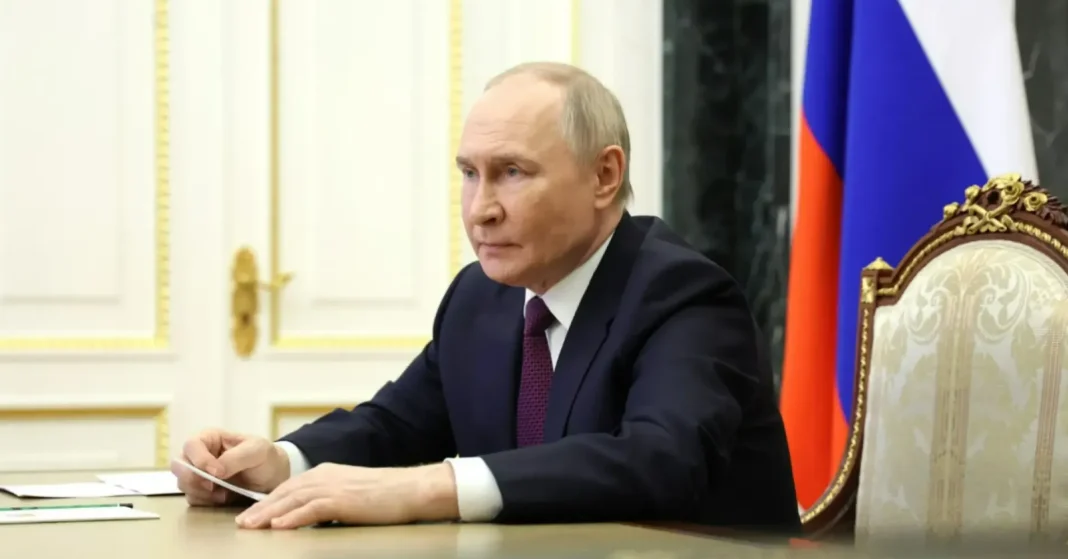The Iranian government, under the leadership of President Ebrahim Raisi, is contemplating relocating the capital city from Tehran. This proposal has raised several questions, including logistical challenges, economic impacts, and potential benefits.
Genesis of the Relocation Idea

The idea to move the capital from Tehran to another city is not entirely new. Concerns about Tehran’s overpopulation, pollution, and vulnerability to earthquakes have persisted for decades. The capital, which hosts over eight million people, faces significant environmental and infrastructural pressure. This has prompted authorities to revisit the relocation conversation in hopes of alleviating these issues.
Tehran’s environmental challenges are compounded by severe air pollution, primarily due to heavy traffic and industrial emissions. As the city struggles with these issues, the idea of moving to a less dense area could help reduce these environmental risks.
Potential New Capitals

Several locations have been considered as potential candidates for the new capital. Some of these include cities like Esfahan and Shiraz, which are less populous and boast historical significance. These locations offer better air quality and are less prone to earthquakes, addressing many of Tehran’s current challenges.
The selection process for a new capital would also involve evaluating the infrastructural readiness of these cities. Current considerations include available resources, geographic features, and the capacity to support a growing population and facilitate economic activities.
Economic and Social Implications

Relocating the capital is a major undertaking that will have substantial economic implications. The costs involved in developing a new capital city could be significant, requiring investments in transportation, housing, and public services. However, proponents argue that the long-term benefits could outweigh these initial expenses.
Socially, moving the capital could enhance regional development and reduce the urban concentration in Tehran, promoting a more balanced population distribution across the country. This shift could spur new economic opportunities and reduce the environmental load on Tehran.
Challenges and Criticisms

Despite its potential benefits, the plan has faced criticism from various factions. Skeptics question the feasibility and financial viability of such a significant move, especially given Iran’s current economic challenges. Moreover, there are concerns about the displacement of residents and the impact on Tehran’s identity.
The process of transitioning government institutions and infrastructure raises logistical concerns. Ensuring minimal disruption to governmental functions during the move is a critical challenge that would require detailed planning and execution.
This proposal by the Iranian President is a substantial move, indicating a strategic shift towards addressing Tehran’s environmental and infrastructural challenges. Whether the relocation will occur remains to be seen, but the conversation highlights the growing need for systemic solutions to urban pressures.





